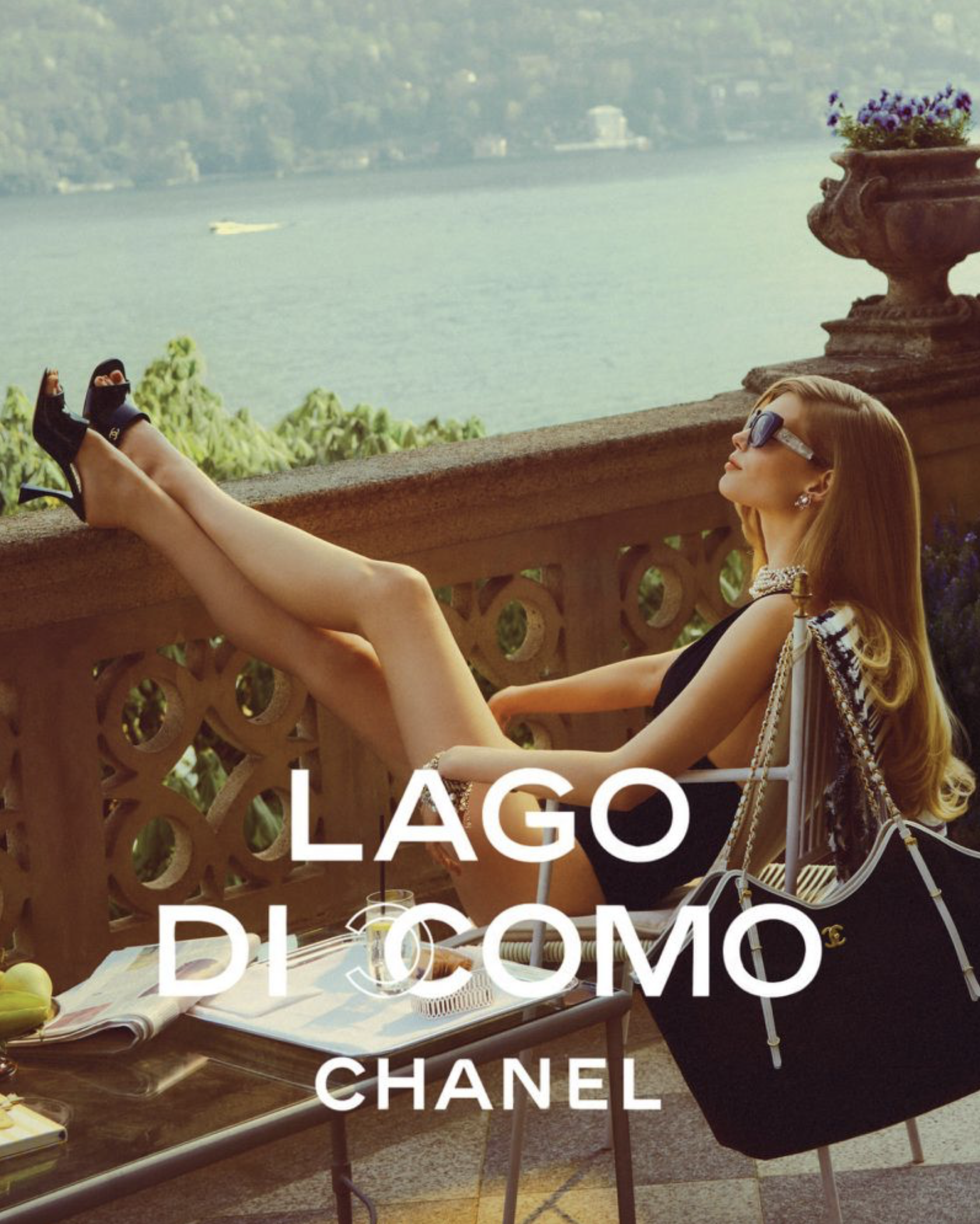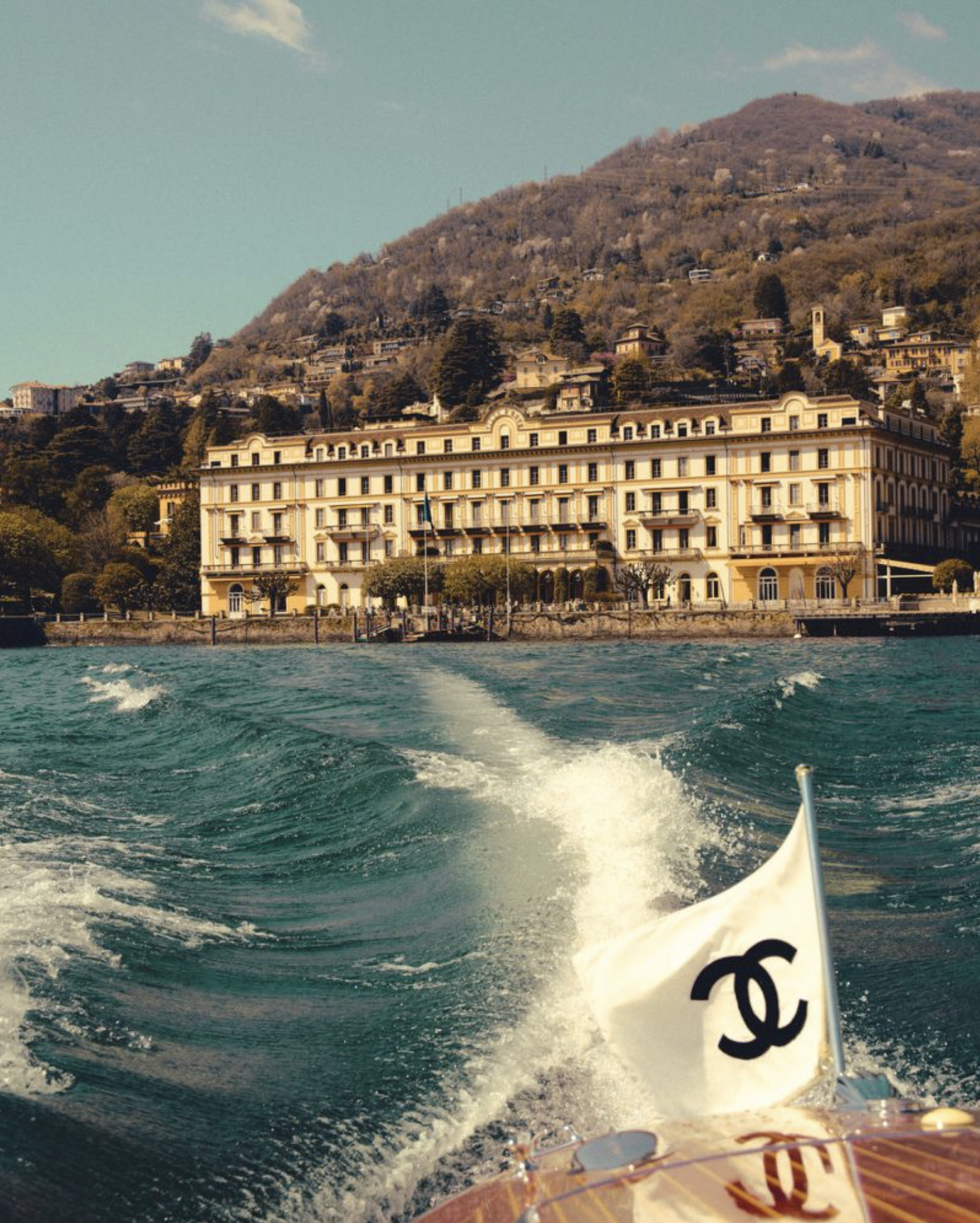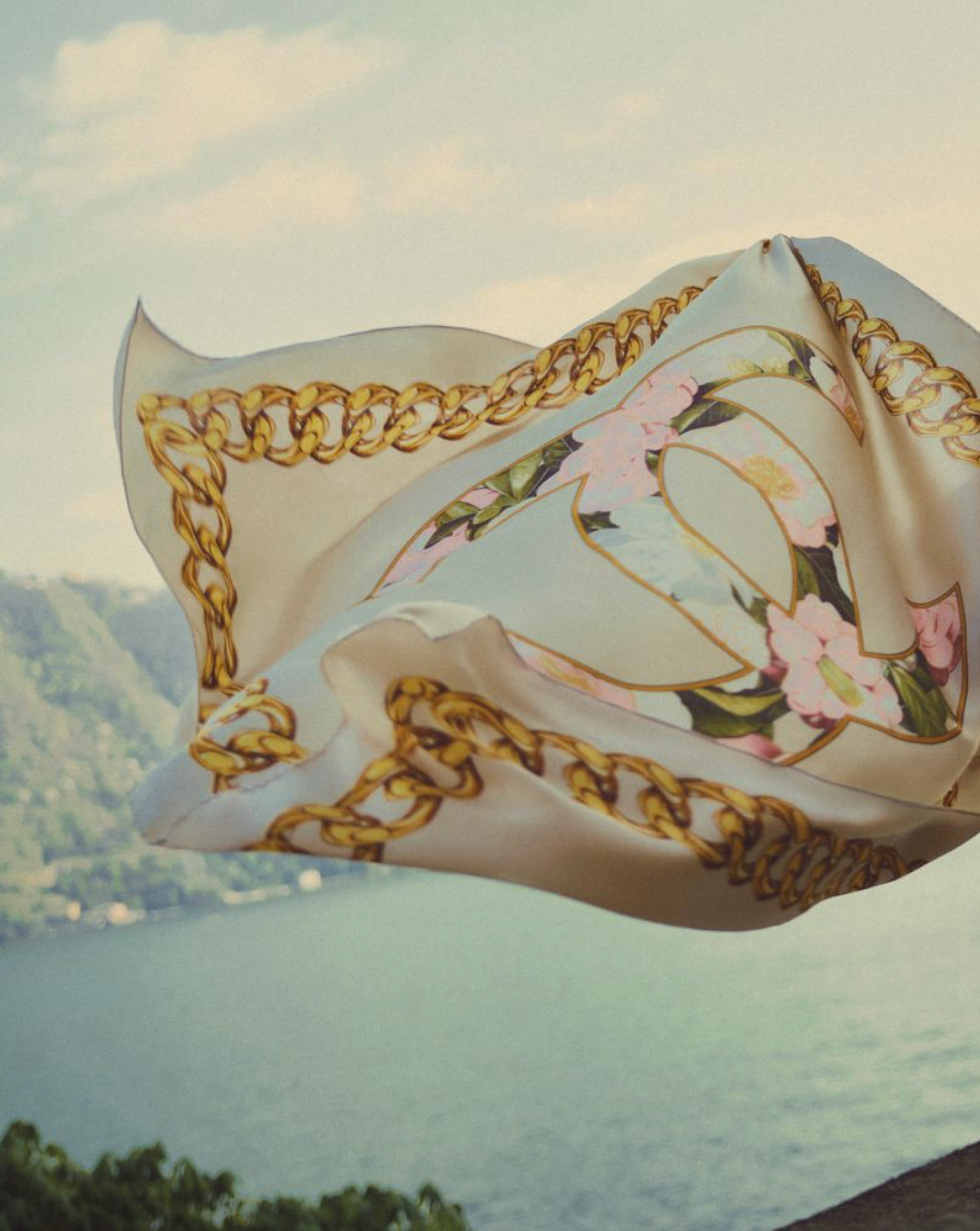Cardinal Tolomeo Gallio's Spirit Surely Enjoyed the Chanel Show at His Villa d'Este
/Chanel’s [IG] Cruise 2025/26 show touched down on the shores of Lake Como, choosing Villa d'Este, a historic, glamorous, romantic and scenic panoply of the Renaissance spirit and rise of humanism in Italy.
In advance of the event, Director Sofia Coppola [IG] and photographer Lukasz Pukowiec [IG] created a short teaser film — replaced now with the entire show — featuring model Ida Heiner. Leila Smara styled the Villa d’Este preview images with hair by Anthony Turner and makeup by Lisa Butler.
Home to Cardinal Tolomeo Gallio
Villa d'Este, located on the picturesque shores of Lake Como in Italy, boasts a rich history that dates back to the Renaissance, a pivotal era in European history.
Originally the site of a monastic community belonging to the Humiliati order, the location gained new prominence in 1568 when Cardinal Tolomeo Gallio commissioned the construction of a grand villa.
Designed by architect Pellegrino Tibaldi, the villa was envisioned as a luxurious summer retreat, which served as a reflection of the cardinal's wealth and ecclesiastical power.
The history of Catholic cardinals of the Renaissance is very different from the lives of those who gathered in Rome last weekend for the funeral of Pope Francis, whose vows of humility and love for the less fortunate worldwide were very different from Cardinal power brokers like Gallio.
Lest AOC unintentionally does a disservice to the Cardinal’s reputation, AOC notes that Cardinal Gallio was originally born into very modest means but with parents committed to his rise. His education exposed him to the humanist ideals that were flourishing in Renaissance Italy, influencing his perspectives and intellectual development.
Gallio's brilliance did not go unnoticed, and he soon attracted the attention of influential clergy and academics. Humanism, a philosophical and cultural movement that emphasized the rediscovery of classical antiquity and the value of human achievements and potential, profoundly influenced many intellectuals, clergy, and statesmen of the Renaissance, including Gallio.
Originating in Italy, humanism encouraged a shift away from the medieval scholasticism that had dominated European thought, advocating for a return to the texts and ideals of ancient Greece and Rome.
As AOC noted in Anne’s recent post examining the religious views of the controversial US Secretary of Defense Pete Hegseth and his embrace of Christian Nationalism and the Crusades, Arab world universities were instrumental in translating and preserving ancient Greek and Roman texts, which would later be transmitted to Europe and spur the Renaissance.
It was the Arab world that preserved the teachings of Socrates, Plato and Aristotle that became so influential in the rise of humanism. With the rise of universities, there was tremendous exchanges of ideas and historical information largely led by Arab cultures being older than the Europeans.
As a cardinal in the Catholic Church, Gallio was inherently positioned within a complex interplay between tradition and the burgeoning ideas of the Renaissance. His involvement in the Counter-Reformation, particularly through his support for educational reforms and his patronage of the arts, reflected the tension and synergy between these movements. Gallio's humanist leanings influenced his approach to ecclesiastical affairs, encouraging a dialogue between faith and reason that was emblematic of the era's evolving intellectual climate.
In the writings of these thinkers, known as Christian humanists, Christianity was freed from its superstitious and ritualistic elements, the absolute authority of the Pope was rejected, and the need for a rational and reasonable faith was urged.
Cardinal Tolomeo Gallio’s spirit was very much alive in Chanel’s touchdown at Villa d'Este.
He embodied the new humanist ideal, where keen interest in classical knowledge and a dedication to ecclesiastical duties coexisted, shaping both religious practices and broader cultural perceptions.
Gallio might have been much wealthier than Pope Francis — as an example of meritocracy in action and success derived from his many diplomatic skills and acquired connections. But both men embraced a humanist philosophy sorely needed in our modern world — and America, in particular. ~ Anne



